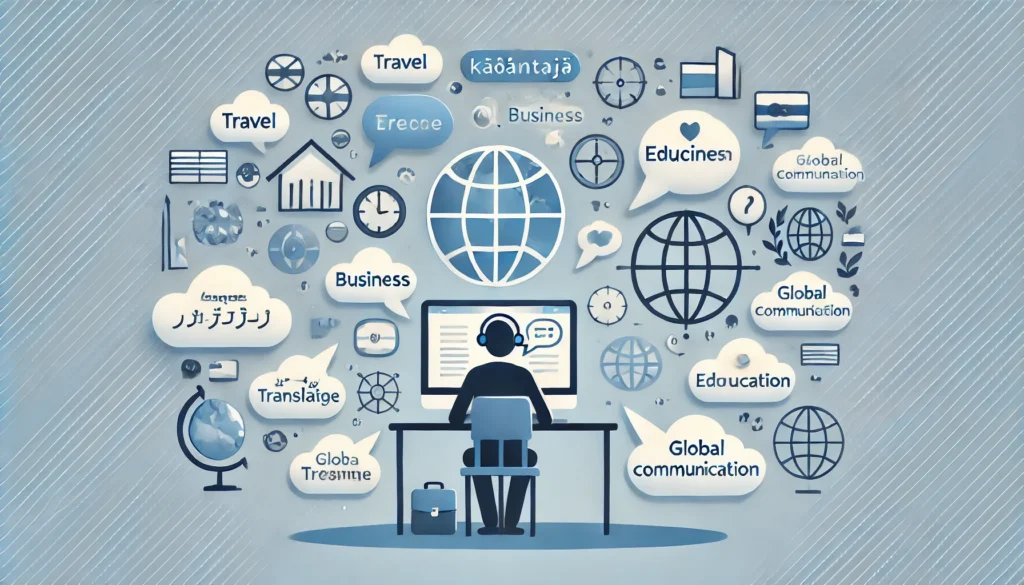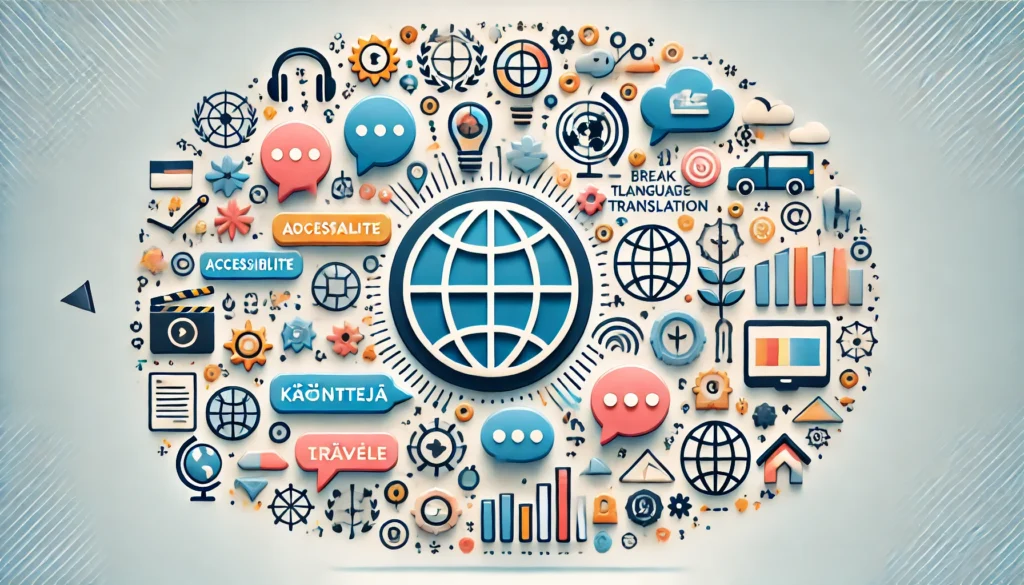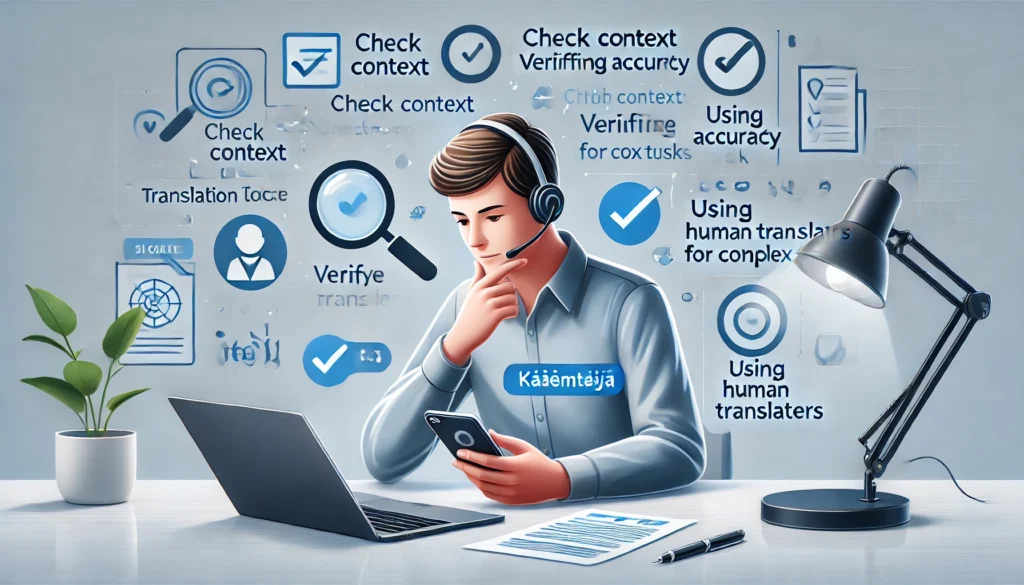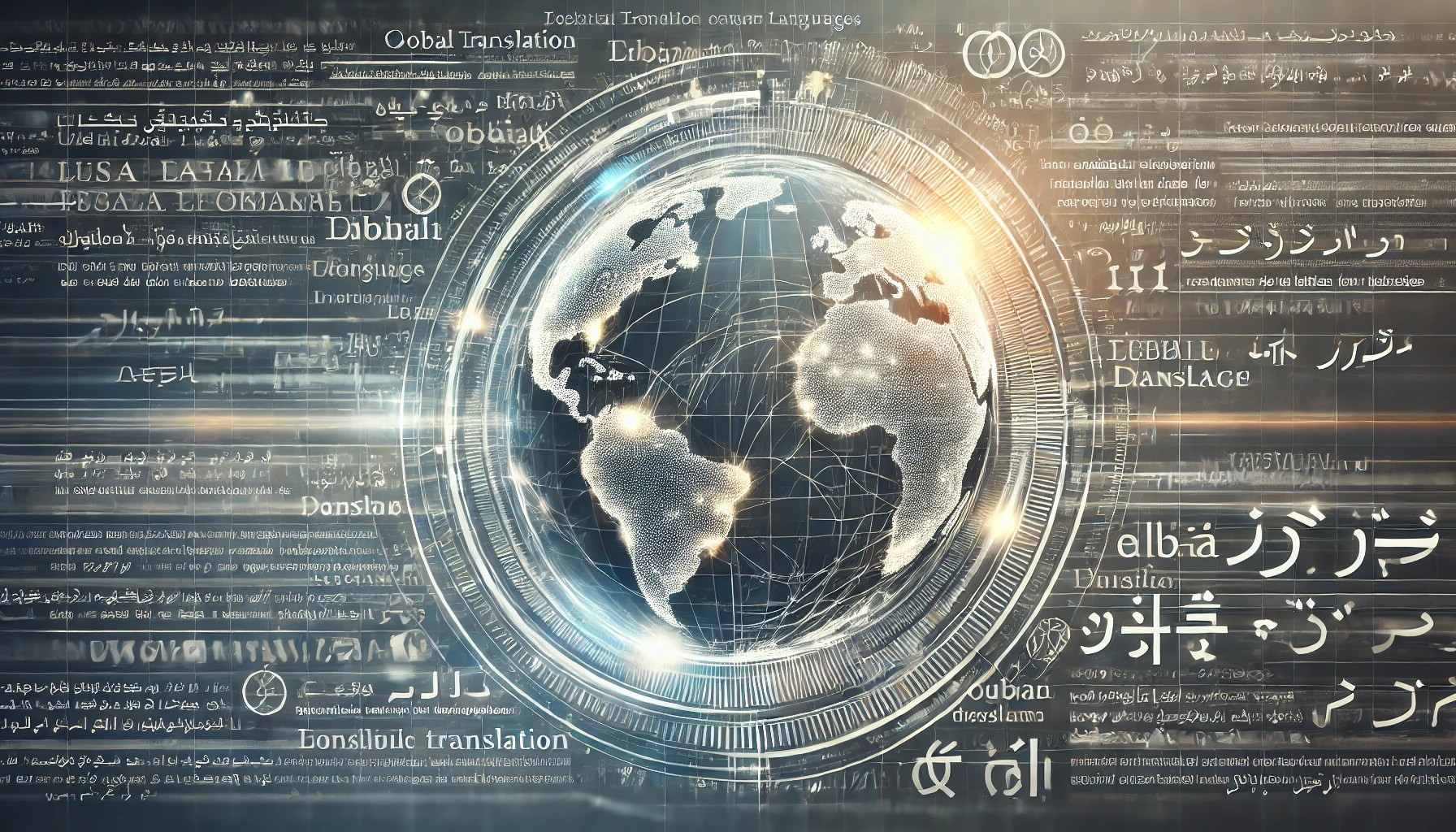In today’s increasingly interconnected world, the need for effective communication between different languages has grown significantly. One tool that has become essential in bridging language barriers is the käöäntäjä. But what exactly is käöäntäjä, and why has it become so important? This article will provide an in-depth look at the concept of käöäntäjä, its uses, and how it benefits users worldwide.
What is Käöäntäjä?
Käöäntäjä is the Finnish word for “translator.” In simple terms, it refers to a person or a device that converts written or spoken words from one language into another. This process can involve various types of translations, such as:
- Human translation: Where a person translates the text manually from one language to another.
- Machine translation: This is when software or an application, such as Google Translate, is used to automatically convert text between languages.
Whether it’s translating a book, a document, or even spoken language, käöäntäjä plays a crucial role in making information accessible across linguistic barriers.
Why Do People Use Käöäntäjä?

People use käöäntäjä for a wide range of purposes, making it an essential tool in various industries and everyday life. Here are some key reasons why it’s so widely used:
- International Communication: In business, diplomacy, or travel, communicating with individuals who speak a different language is vital. It helps bridge that gap, enabling effective conversation.
- Education: As more educational resources are available in different languages, a käöäntäjä allows students and professionals to access information that might not be in their native tongue.
- Global Content Access: From websites to media, It opens the door to understanding content produced in other languages. For example, if you’re reading a news article in Finnish, but your native language is English, It can help you understand the content better.
- Travel and Tourism: When traveling abroad, language barriers can make even simple tasks like ordering food or asking for directions challenging. A mobile käöäntäjä app on your phone can make navigating a foreign country much easier.
How Does Käöäntäjä Work?
There are two primary types of käöäntäjä: human translators and machine translators. Each works in a slightly different way, but both serve the same purpose of converting language.
- Human Translators: A human translator uses their knowledge of both the source and target languages to translate content. This method is preferred for complex texts or situations requiring cultural sensitivity, as humans can detect nuances in meaning and context that machines often miss.
- Machine Translators: Machine translators, like Google Translate, use algorithms and vast amounts of language data to provide instant translations. These tools are ideal for quick, casual translations but may not always be accurate in complex or formal settings. Machine learning and artificial intelligence have greatly improved machine translation, but there are still limitations when it comes to translating idiomatic expressions or slang.
Benefits of Using a Käöäntäjä

There are numerous benefits to using a käöäntäjä, especially in our increasingly globalized world:
- Speed: Machine translations provide instant results, which is extremely helpful in situations where time is critical.
- Cost-effectiveness: While hiring a professional translator can be expensive, machine translation tools are usually free or very affordable.
- Accessibility: It allows users to access content and communicate in different languages without needing to be fluent in them.
- Cultural Exchange: By breaking down language barriers, It promotes cultural exchange, allowing people from different backgrounds to share ideas and knowledge.
Limitations of a Käöäntäjä
While käöäntäjä tools are incredibly useful, they do have some limitations:
- Context and Nuance: Machine translators may struggle with context, idiomatic expressions, or cultural nuances, leading to awkward or incorrect translations.
- Quality: Human translators often provide higher quality translations, especially for complex texts, as they can adapt to the tone, style, and cultural differences in the source and target languages.
- Machine Dependency: Relying on machine translators without understanding the target language can result in misunderstandings or errors, particularly in formal or professional contexts.
Best Practices for Using a Käöäntäjä

When using a käöäntäjä, it’s essential to follow certain best practices to ensure accuracy and clarity:
- Choose the Right Tool: For casual or quick translations, machine translators are sufficient. However, for official documents or translations requiring precision, it’s best to hire a professional human translator.
- Double-check Translations: Especially when using machine translations, it’s wise to cross-check the output with another source to ensure accuracy.
- Understand the Limitations: Know when machine translation may not be enough. If the text involves complex concepts or cultural nuances, consider using a human translator.
- Maintain Simplicity: For the best results with a machine käöäntäjä, use simple and clear sentences. This makes it easier for the software to produce an accurate translation.
Examples of Popular Käöäntäjä Tools
Some of the most widely used machine käöäntäjä tools include:
- Google Translate: One of the most popular and easy-to-use machine translation tools. It supports a vast range of languages and is available for free.
- DeepL: Known for its accuracy in translating European languages, DeepL is a favorite for users seeking high-quality machine translations.
- Microsoft Translator: Integrated into Microsoft products, this tool offers translation services for businesses and personal use.
You can find more information about translation technologies and tools on Wikipedia.
Conclusion
In conclusion, käöäntäjä has become a vital tool in today’s globalized world, enabling communication across languages and cultures. Whether you’re using a machine translator like Google Translate for quick conversations or hiring a human translator for complex documents, käöäntäjä allows us to connect with others, access information, and navigate different cultures more easily. While machine translation is convenient, human translators remain essential for more intricate tasks, ensuring that nothing is lost in translation.
By understanding how to effectively use a käöäntäjä and being aware of its limitations, you can make the most out of this powerful tool.
Here is My Latest Article: What is Ivey Barbiciu de Hornill de Gaz? Exploring the Evolution of Outdoor Cooking
